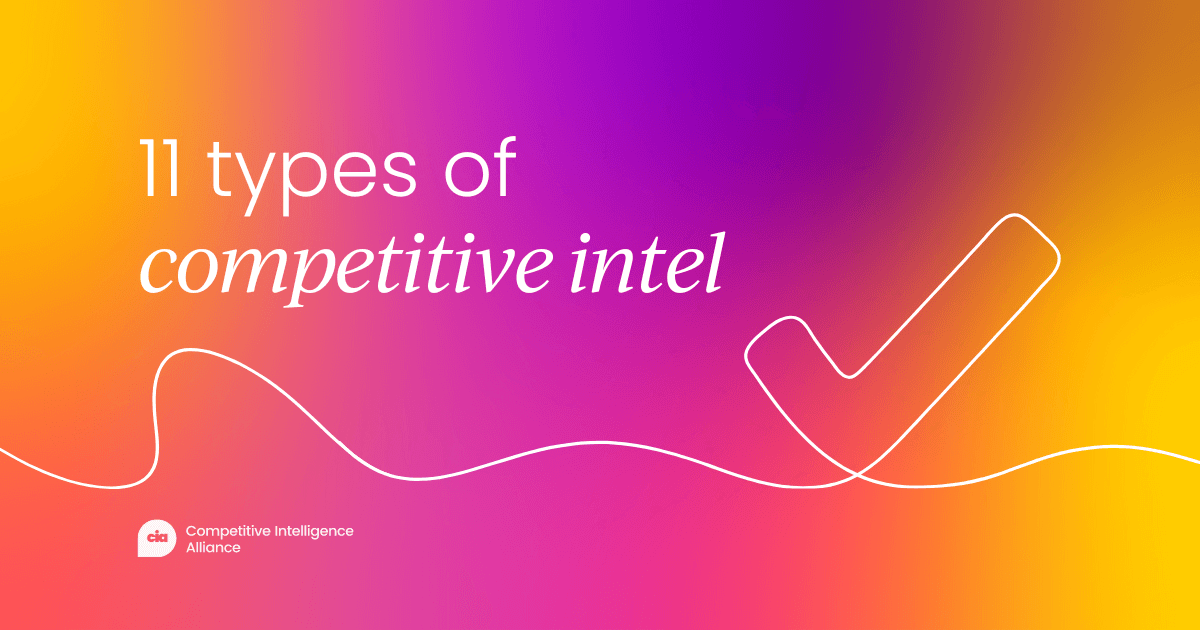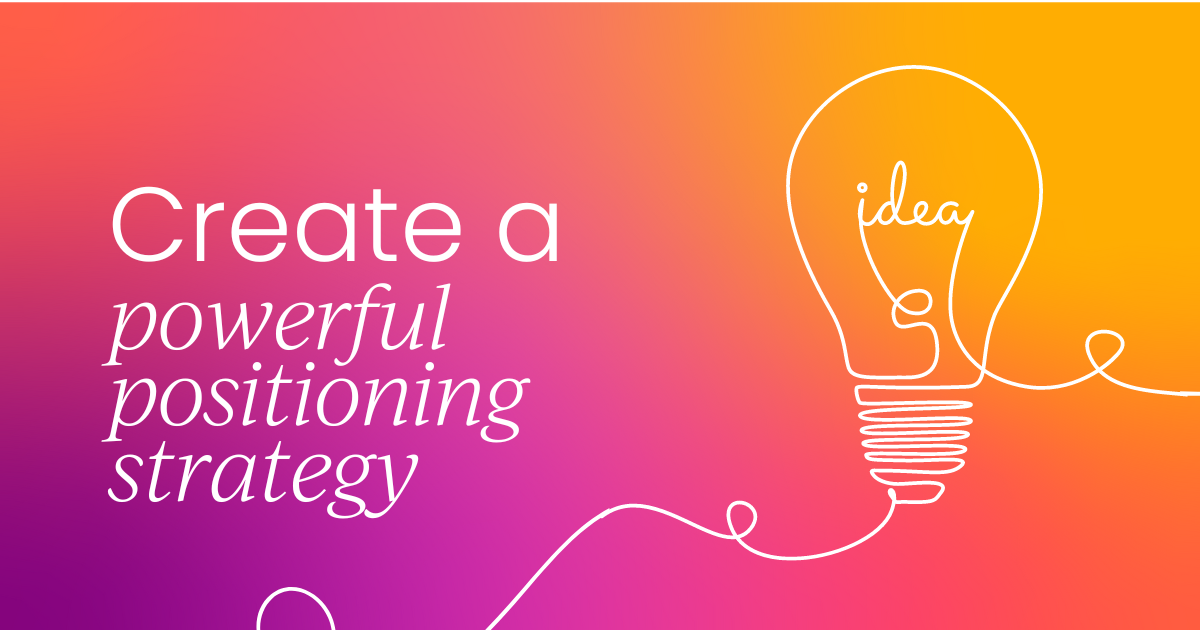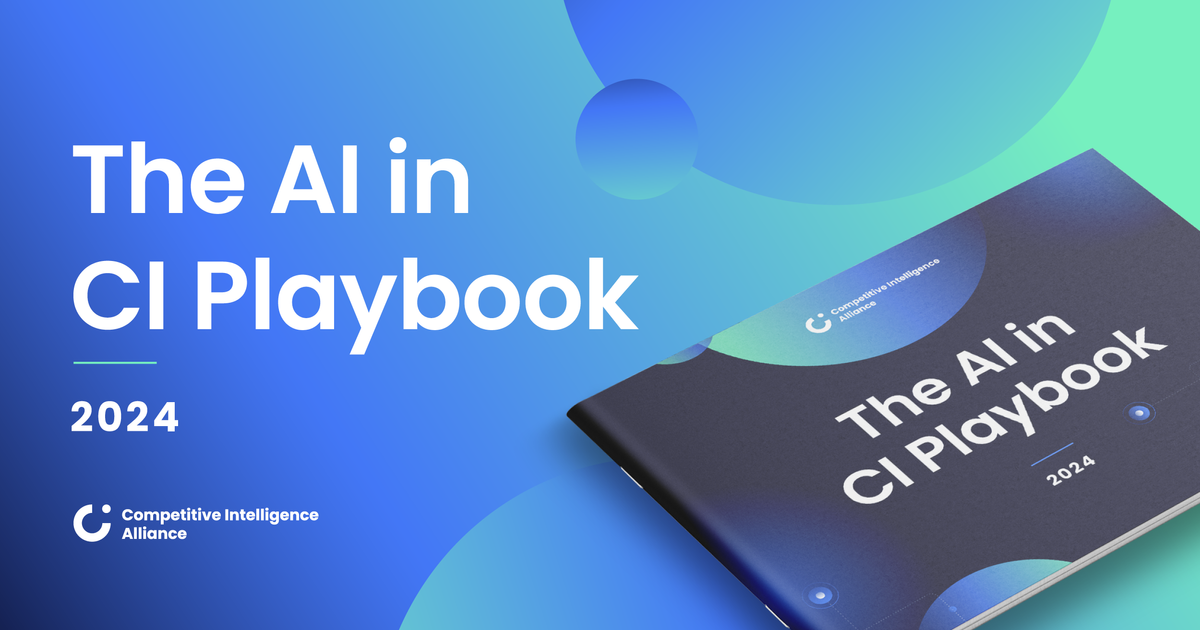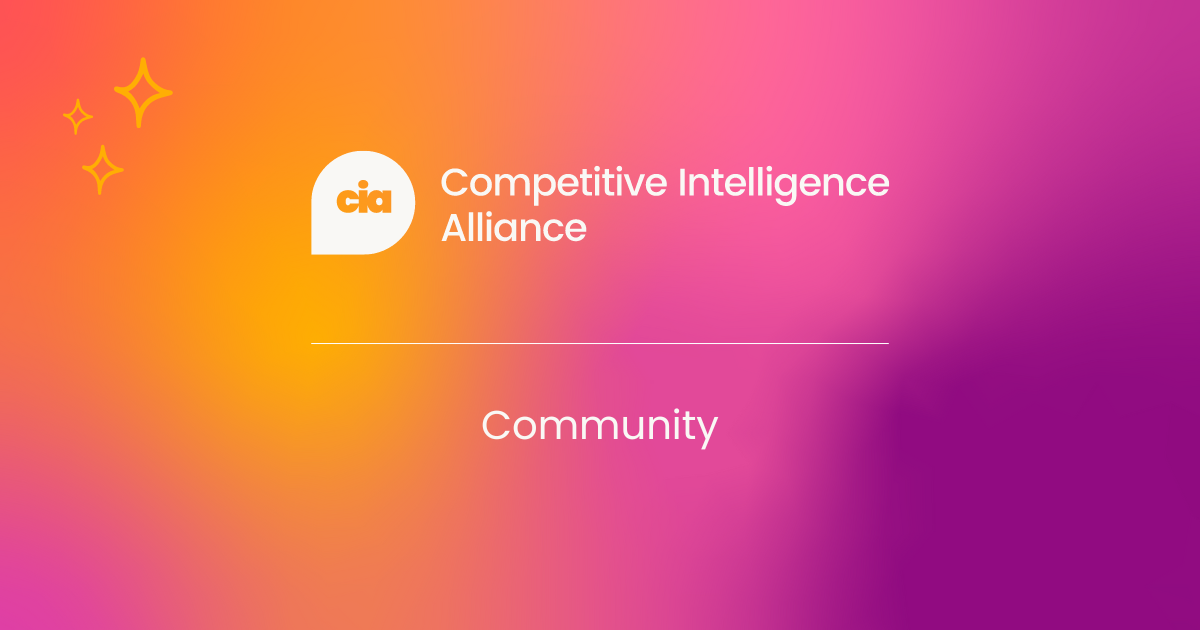This article is based on Edward Allison’s insightful talk at the Competitive Intelligence Summit.
Competitive intelligence has evolved over time.
I’ve noticed something that’s reshaping the way we approach competitive sales, strategy, and intelligence: the convergence of artificial intelligence (AI), competitive intelligence (CI), and product marketing (PM). These roles, technologies, and industry trends are colliding, and the impact on businesses is undeniable.
So, in this article, we’re going to explore:
- The intersection of AI, CI, and PM, starting with why this shift is happening and what it means for the future,
- The evolving roles of CI practitioners and product marketers, where they overlap, and how we can drive efficiency,
- And what AI actually is (and isn’t) and showcase some real-world tools that can make these roles more effective.
Let’s dive in.
Why competitive intelligence is more critical than ever
I’ve spent 20 years leading competitive intelligence programs at major tech companies like Cisco, Juniper, Polycom, and Symbol Technologies.
And, over the last two decades, I’ve come to learn that one thing is clear: the world isn’t getting any less competitive.
Companies are facing more pressure than ever to differentiate, and yet, many don’t have a dedicated CI team. Instead, the responsibility for tracking competitors, gathering insights, and supporting sales often falls onto product marketers, who already have a full-time job.
It’s an overwhelming situation.
CI, PM, and AI are in the early stages of convergence, and while new tools are emerging in all three areas, most professionals still don’t have the resources or bandwidth to keep up.

How competitive pressure affects every level of an organization
If you’ve worked in a sales or marketing role, you’ve probably felt the frustration that comes with not having the right competitive insights at the right time.
Let’s walk through the organization and see if any of this resonates with you.
- At the sales level, an account manager is either winning or losing deals. When they lose, it hurts—not just financially, but emotionally. Without the right competitive intel, they’re left feeling like leadership doesn’t understand what’s happening in the field. That lack of visibility can lower morale and directly impact results.
- Move up a level, and you’ve got sales managers trying to deploy resources efficiently. Their job is to train their teams, drive strategy, and hit their number. But without a clear understanding of why they’re winning or losing deals, they’re left guessing. Post-deal reviews rarely happen, and frustration grows because no one has the bigger picture.
- Now, let’s talk about the product team—product managers and product marketers. If you’ve ever been in one of these roles, you know the feeling: overwhelmed. There are too many markets to track, the competition is shifting too fast, and keeping up manually is impossible. Without automation, you’re stuck playing defense, reacting instead of planning ahead.
- And finally, let’s go all the way up to the C-suite. You might think they’re immune to these pressures, but they’re not. Executives want to focus on strategy, but too often, they’re pulled into the tactical—putting out fires, dealing with competitive losses, and trying to help sales teams win deals. It’s a vicious cycle, and the frustration trickles down through the entire organization.
The reality: No one is wearing just one hat anymore
Employees are being asked to do more than ever before.
Product marketers are doing CI. CI professionals are stretched thin. Sales teams are building their own presentations and battle cards.
Wearing a single hat isn’t a reality anymore. We’re all multitasking across disciplines, and if we don’t get more efficient at managing these responsibilities, we’ll burn out.
That’s why we need to take a closer look at the roles of product marketing and competitive intelligence—not just what they traditionally do, but how they overlap.
So, we know product marketers aren’t just responsible for positioning, messaging, and sales enablement—they’re being pulled into competitive intelligence work as well. CI professionals, on the other hand, aren’t just gathering data and building reports—they’re being asked to provide strategic insights that shape sales, product roadmaps, and executive decision-making.
But the biggest challenge? Competitive intelligence operates at an entirely different scale than product marketing.
If a product marketer is focused on three or four products, a CI professional is likely tracking 10+ competitors, each with multiple product lines, all of which are constantly evolving. That’s an impossible volume of information to manage manually, and it leads to generic, outdated insights that don’t help anyone.
I see it all the time.
Companies produce battle cards, SWOT analyses, and reports that fail to influence a deal because they’re too broad, too outdated, or too generic to make an impact. It’s not that the effort isn’t there—it’s that the information overload is too much for human teams to process effectively.
This is where AI changes the game.

How AI is transforming competitive intelligence and product marketing
AI is designed to solve the scale problem in CI and PM.
Right now, there isn’t a single tool that fully supports both product marketing and competitive intelligence—instead, teams rely on a patchwork of different tools, many of which weren’t designed for their specific needs.
So, imagine if we had an internal AI engine that housed all the structured and unstructured competitive data a company needs—win/loss reports, news updates, financials, executive moves, customer wins, web changes. With that kind of system in place, an account manager in a competitive deal could instantly pull up a real-time battle card.
A sales manager could immediately understand why they’re winning and losing deals. A product developer could stay ahead of industry trends, and the C-suite could focus on big-picture strategy instead of putting out fires.
That’s what AI-powered enterprise intelligence enablement looks like.
And we’re already seeing how AI is reshaping market research. Both CI and PM teams need market research, but with different objectives. Product marketers use it to shape messaging and positioning, while CI professionals use it to analyze competitors and identify threats. AI helps both by automating news monitoring, website tracking, and trend analysis, surfacing only the most critical insights, and eliminating the noise.
Take Compete IQ’s news monitoring system, for example.
Instead of manually combing through endless news articles, AI scans and identifies the most important stories, summarizing them in real time. AI-powered scoring helps teams prioritize what to read first.
AI doesn’t just stop at market research. It also plays a major role in positioning and messaging. The reality is, many teams struggle to identify real differentiation—they’re either too close to their own products or too reliant on gut instinct. AI can analyze competitor messaging, product specs, and even customer sentiment to pinpoint exactly where a product stands out—and where it doesn’t.
This level of automation isn’t about replacing human intelligence. It’s about enhancing it. It’s about freeing up time for strategic decision-making, rather than getting stuck in endless research, report-writing, or competitive guesswork.

The future of CI, PM, and AI
AI-powered competitive intelligence is quickly becoming the industry standard. The teams that embrace AI will lead, while those that continue relying on manual research will struggle to keep up.
This shift is already happening. Competitive insights are becoming real-time, automated, and fully integrated into daily workflows.
So, the question is: Are you adapting to the AI revolution—or are you still doing competitive intelligence the hard way?
Because the companies that win in the next decade won’t just have better products—they’ll have better intelligence, delivered faster, and acted on more effectively.
And that’s where AI is taking us.
TL;DR
CI, PM, and AI are converging, reshaping how businesses approach strategy and sales. As competition intensifies, product marketers are being pulled into CI, and CI professionals are expected to provide more strategic insights.
AI is helping solve this resource problem by automating research, tracking competitors in real time, and surfacing only the most relevant insights. AI-powered tools are transforming market research, positioning, and internal communications, allowing teams to focus on strategy instead of drowning in data.
Join our growing community of CI professionals and make new connections, share your thoughts, and get inspired by what your peers are saying.









.png?v=0501614a4a)